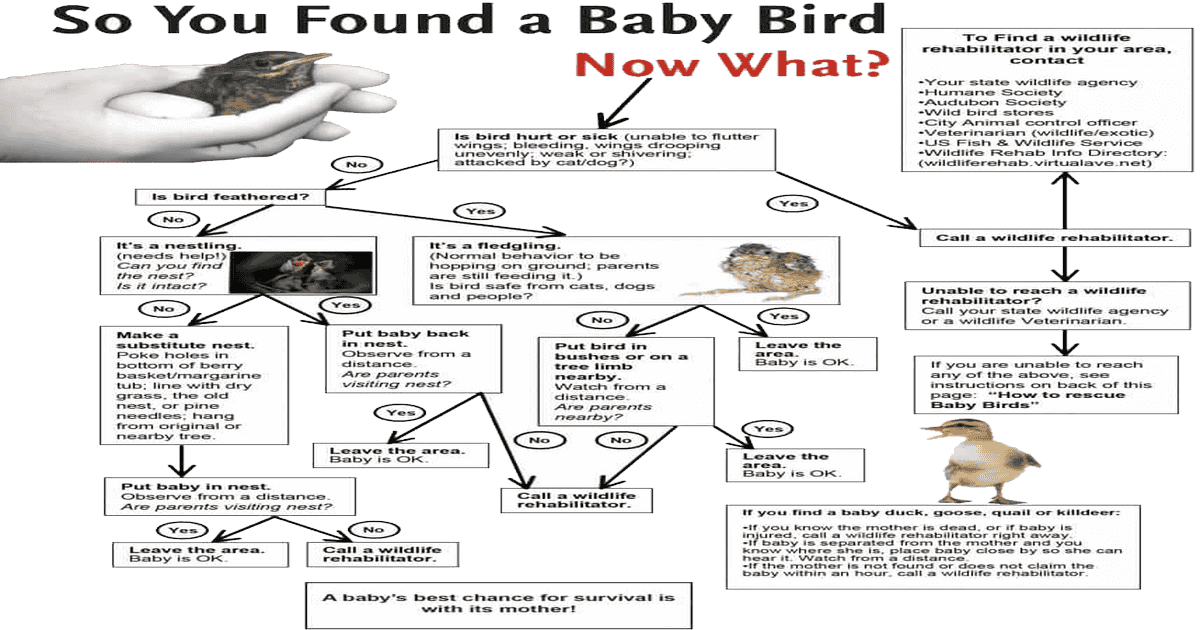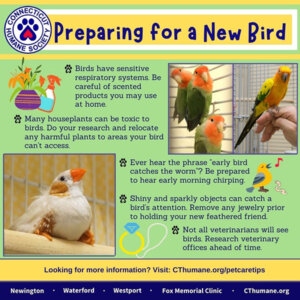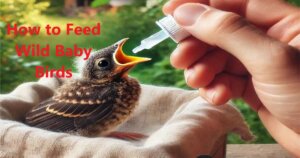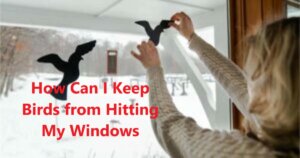I Found a Baby Bird. What Do I Do? Essential Steps to Take
You found a baby bird and don’t know what to do next. It’s a common situation that can leave anyone feeling unsure.
Many people come across helpless baby birds and want to help. But it’s important to know the right steps. Baby birds are delicate and need special care. Acting quickly and correctly can make a big difference. In this blog post, we will guide you through the essential steps to take when you find a baby bird.
From assessing the situation to knowing when to get help, we’ll cover it all. By the end, you’ll feel more confident in handling this situation. Stay with us to learn how to give that little bird the best chance of survival.
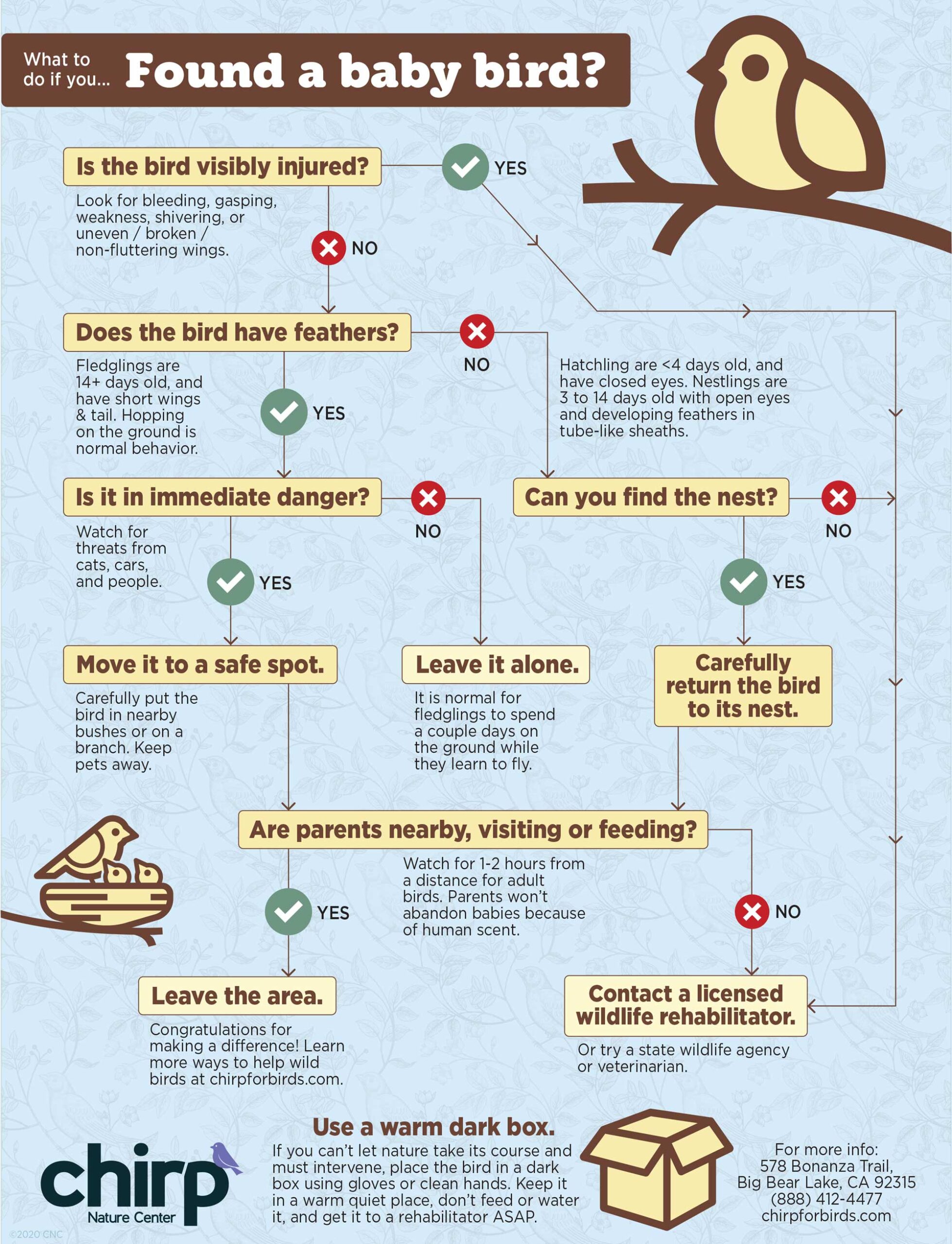
Credit: chirpforbirds.com
Assess The Situation
First, look for any visible wounds on the baby bird. Gently check if the wings are even and not drooping. Observe if the bird is standing or lying on the ground. If the bird cannot stand, it may be hurt. Carefully move it to a safe spot.
Look at the bird’s feathers. Fully feathered birds are older and might be learning to fly. Naked or fluffy birds are younger and need help. Gently place younger birds back in their nest if you find it.
Identify The Bird Species
Bird guides are very useful. They help identify the species. Check for colors, size, and markings. Look at the beak shape too. These details help a lot. Try to compare pictures. This makes it easier. Use books or online guides. Both can be very helpful. Guides are a good starting point.
Local wildlife experts know a lot. They can help identify the bird. Call a nearby wildlife center. Ask for an expert. Describe the bird to them. They will give advice. Sometimes they may ask for a photo. This helps them see the bird clearly. Experts can tell you what to do next. They are a great resource.
Handle With Care
Discovering a baby bird requires gentle care. Check if it’s injured or in immediate danger. If safe, observe from a distance.
Wear Gloves
Always wear gloves when handling a baby bird. Gloves protect both you and the bird. Your hands can have oils and germs. These can harm the bird. Also, gloves help you avoid getting bird diseases. Choose gloves that fit well. They should be soft and clean. Avoid using dirty or rough gloves.
Minimize Contact
Minimize contact with the baby bird. Touching too much can stress the bird. It may also cause injury. Limit your touch to what is needed. Place the bird gently in a box or a safe spot. Make sure it is warm and quiet. Then, step back and watch from a distance.
Return To Nest
Check nearby trees and bushes. Look for a small, hidden nest. Baby birds often fall close to their home. If you see other baby birds, you found the right nest. Gently put the bird back. Parents will not reject it because of your touch.
Watch from a distance. See if the parents come back. They might not come if you are too close. If parents do not return in an hour, you may need to help. Contact a local wildlife rescue for advice. They can guide you on what to do next.
Create A Temporary Shelter
Find a small box. Make sure it is clean. Place some soft cloth inside. This will make it comfortable. Poke a few holes for air. The box should be safe and cozy.
Baby birds need warmth. Use a heating pad. Set it on low. Place it under half the box. This way, the bird can move if it gets too warm. You can also use a warm water bottle. Wrap it in a cloth. Do not let it touch the bird directly. The bird must stay warm to survive.
Feeding The Baby Bird
A baby bird needs special food. You can feed it soft fruits. Also, try soaked dog biscuits. Make sure they are not too hard. Finely chopped boiled eggs are good too. Avoid giving milk. It can harm the bird. Bugs are also a great option. Small insects work well.
Baby birds need food often. Feed them every 15-20 minutes. This is for daylight hours. They do not eat at night. Keep feeding until the bird is full. Its crop will look full. Do not overfeed. Rest is important too. Stick to the schedule.
Seek Professional Help
Wildlife rehabilitators help baby birds. They know what to do. They have tools to care for birds. Look for local rehabilitators online. Call them for advice. They can guide you step by step.
Veterinarians can also help. They understand animal care. Take the bird to a vet near you. They will check the bird’s health. They will give the right care. Do not wait. Quick action helps baby birds.
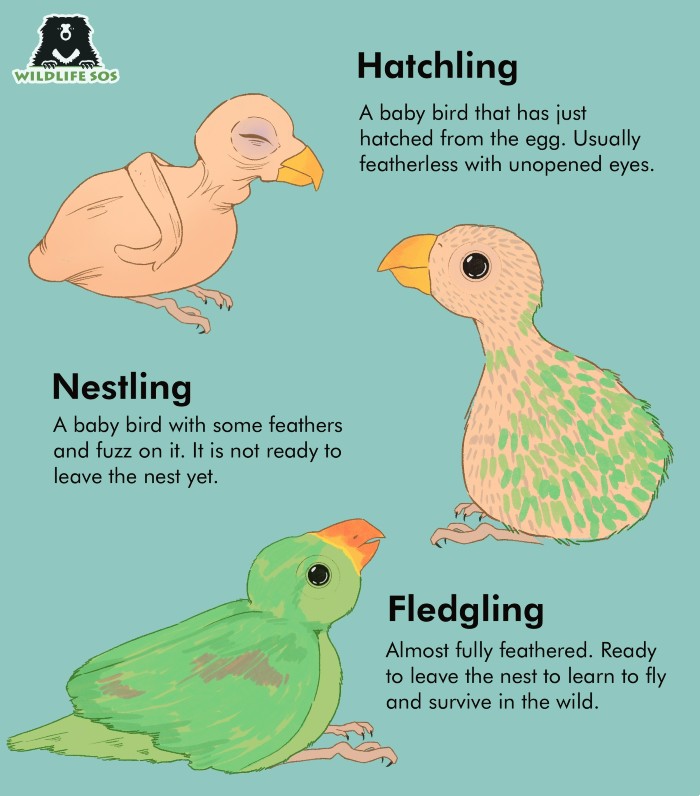
Credit: wildlifesos.org
Long-term Care Options
Once the bird is healthy, it is best to release it. Find a safe area away from traffic. Ensure the weather is good. Open the cage and let the bird fly. Watch to make sure it adjusts. If it struggles, try again later.
Taking in a wild bird is a big choice. Birds need special care. Make sure you have a proper cage. Provide fresh food and water every day. Birds need social time too. Spend time with your bird daily.

Credit: www.facebook.com
Frequently Asked Questions
What Should I Do First?
First, observe the baby bird from a distance. Check if it is injured or in immediate danger.
Can I Touch The Baby Bird?
It’s best to avoid touching the bird. Human scent does not deter parent birds, but handling can cause stress.
When Should I Intervene?
Intervene if the bird is injured, in immediate danger, or if you are sure it’s orphaned.
How Do I Identify A Fledgling?
A fledgling has feathers and is learning to fly. It may appear clumsy but is usually fine.
Conclusion
Helping a baby bird can be a rewarding experience. Be patient and gentle. Ensure the bird’s safety and warmth. Contact local wildlife experts for guidance. Avoid feeding the bird without proper knowledge. Keep pets and children away. Observe from a distance.
Follow expert advice for the best outcome. Your care can make a difference. Every small action helps in preserving wildlife. Remember, nature often knows best. Stay informed and act responsibly. Thank you for taking the time to care for our feathered friends.
Your effort is truly valuable.
Hello Dear, I'm Poli Kolymnia, owner of many birds (including budgies).
With a deep passion for these feathered companions, I'm here to share my expertise and extensive knowledge on birds care.
My articles cover essential topics like diet, housing, care, and health, providing practical tips to help you create a happy and thriving environment for your birds.

